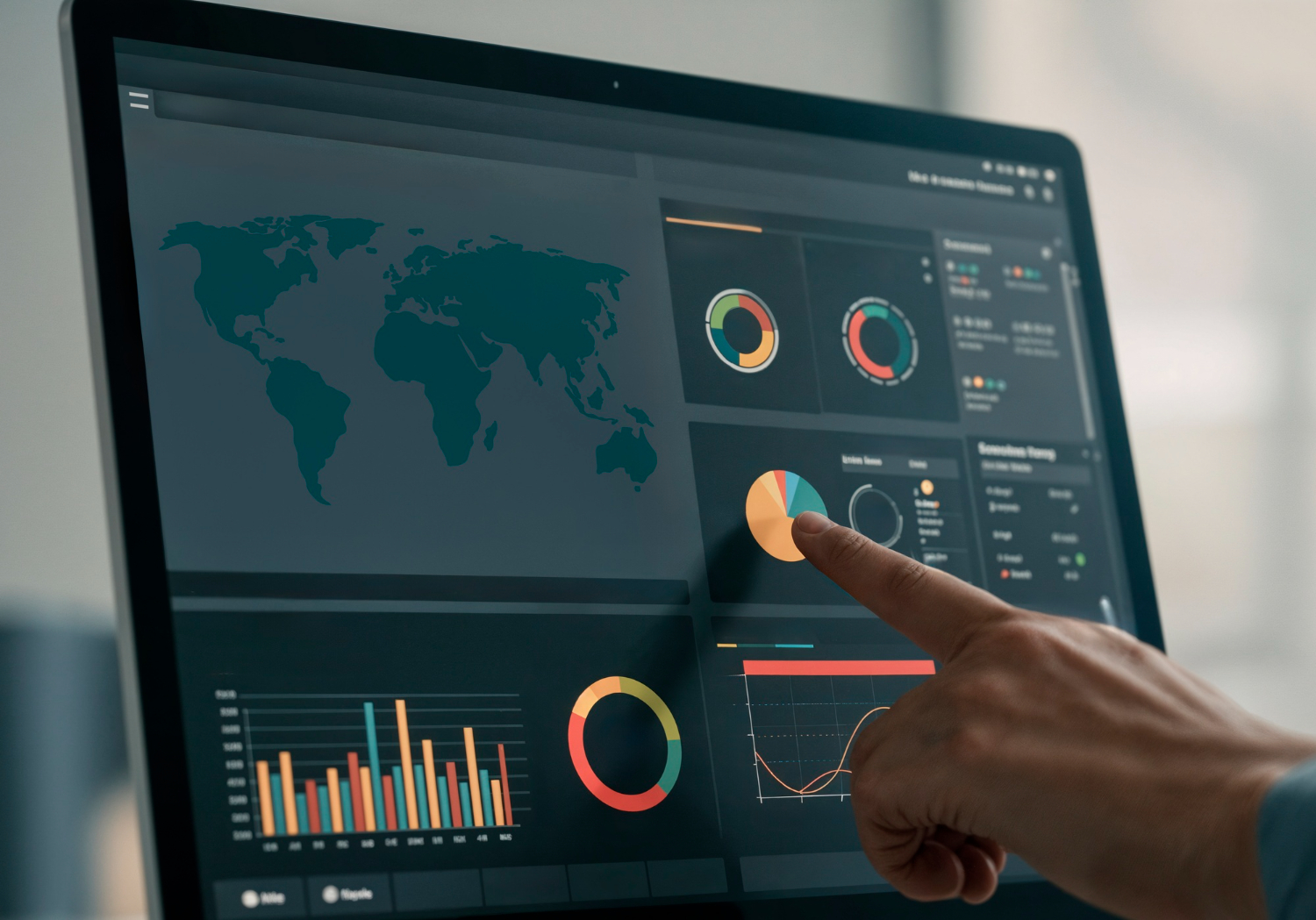Predictive and Prescriptive AI Models: How Can They Be Used to Drive Value?
November 16, 2023
5 min. reading time
In a competitive landscape that continues to embrace digital innovations, the combination of data and analytics is becoming increasingly more important. Not only to remain relevant, but also to gain a competitive edge over competing organizations that are operating at the height of innovation. To achieve this goal, organizations must collect large subsets of data that can be used to derive valuable insights. This knowledge can be anything from consumer insights to identifying operational discrepancies.
As the capabilities of business intelligence and analytics continue to evolve, it’s now more important than ever to capitalize on the power of analytics. In a highly competitive world, analytics plays a key role in identifying trends and patterns that can be used to act quickly and increase agility. Predictive and prescriptive AI models are two important methods in business-analytics solutions that can be used to make impactful and informed business decisions.
What is the difference between predictive and prescriptive AI models?
Predictive and prescriptive AI models are two different AI models that are used to analyze data and make predictions or recommendations. Predictive models use historical data to make predictions about future events and prescriptive models use algorithms to recommend specific actions to achieve a desired outcome. The main difference between predictive and prescriptive AI models is that prescriptive models take predictive models a step further by suggesting actions that can be taken to achieve a desired outcome or optimize a process. While predictive models provide insights into what might happen in the future, prescriptive models offer recommendations on what actions to take to achieve a specific outcome or goal.
How predictive and prescriptive AI models work in tandem to achieve favorable results
Prescriptive analytics is seen as a follow up to predictive analytics and is a branch of data analytics that uses predictive models, AI, and machine learning to recommend the next course of action that should be taken in order to achieve optimal results. By using predictive analytics’ estimation of what is predicted to occur, prescriptive analytics is able to recommend the future course that should be taken. By leveraging prescriptive analytics, your organization will be able to simulate the profitability and probability of different outcomes which will help more clearly define the risks associated with each scenario rather than relying on guesses or uncertainties. This empowers your organization to understand all associated scenarios and plan accordingly.
How can I use predictive and prescriptive AI models to improve my business?
When implemented correctly, predictive, and prescriptive AI models can help you make more informed decisions, improve efficiency, and gain a competitive advantage over competing businesses. In order to leverage predictive and prescriptive AI models to drive value, you must take the following steps into consideration:
- Identify your business goals
In order to leverage prescriptive and predictive AI models to improve business, you must first identify your end goal or the problem you’re trying to solve. Your end goal or objective can be anything from reducing production costs to improving customer retention.
- Collect, cleanse, normalize and analyze relevant data
Next, it’s time to collect, prepare, and analyze your data. This step involves collecting all relevant historical customer data, financial data, and production data that can then be used to build your AI models. In a modern analytics architecture we use data lakes or data warehouses to collect and disseminate raw data for analysis.
- Choose the right AI models
Now that you’ve collected the appropriate data, it’s time to decide on the type of predictive or prescriptive model that best suits your problem or opportunity. It’s important to note that there are many different types of models including regression models, decision trees, and neutral networks. The model you choose will largely depend on your end goal or objective.
- Train the AI models
After you have selected the appropriate AI models, it’s time to get to work on training your AI model on the prepared data. It’s important to use this time to validate the model against real-world scenarios to ensure its effectiveness and accuracy.
- Implement the refine the AI models
After your AI model is validated against real-world scenarios, it’s time to implement it into your business operations. It’s important to note that this is not where your work ends. For optimal results, you must monitor its performance and make adjustments accordingly to ensure long-term effectiveness.
What impact can predictive and prescriptive AI models have on my business?
Both predictive and prescriptive AI models can help your business gain a competitive edge with predictive analytics helping nail down potential outcomes, and prescriptive analytics detailing additional options based on the identified outcomes.
- Improved forecasting
Predictive models can help improve forecasting by providing insights into sales, demand, and other key metrics. These insights can help you This can help you plan your inventory, production, and staffing levels more effectively, helping to reduce waste and improve customer satisfaction.
- Personalization
Predictive models can also be used to personalize your marketing and customer engagement efforts by providing you with the insights necessary to create personalized materials and experiences. This can in turn help boost retention and customer loyalty.
- Operational efficiency
It can be difficult to know where to turn from an operational standpoint which is why prescriptive models are so important.Prescriptive models can be used to help you optimize your operations by suggesting the best course of action to take moving forward. These insights can then be used to optimize various operational elements such as your supply chain, production processes and pricing strategies.
- Risk management
Predictive models can help you identify potential risks to your business, such as cybersecurity threats or supply chain disruptions, These insights can then be used to develop strategies to mitigate these risks. In addition, predictive models can be used to analyze patterns and anomalies in financial transactions to help with fraud detection.
Have you capitalized on the power of analytics?
In a highly competitive business landscape, analytics plays a key role in identifying trends and patterns that can be used to act quickly and increase agility. Predictive and prescriptive AI models are two important methods in business-analytics solutions that can be used to make impactful and informed business decisions. Will you harness the power of predictive and prescriptive analytics to make more impactful business decisions?



